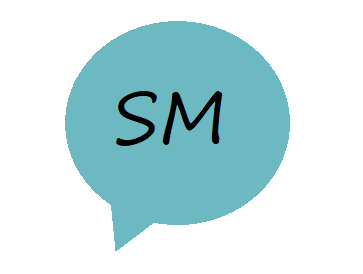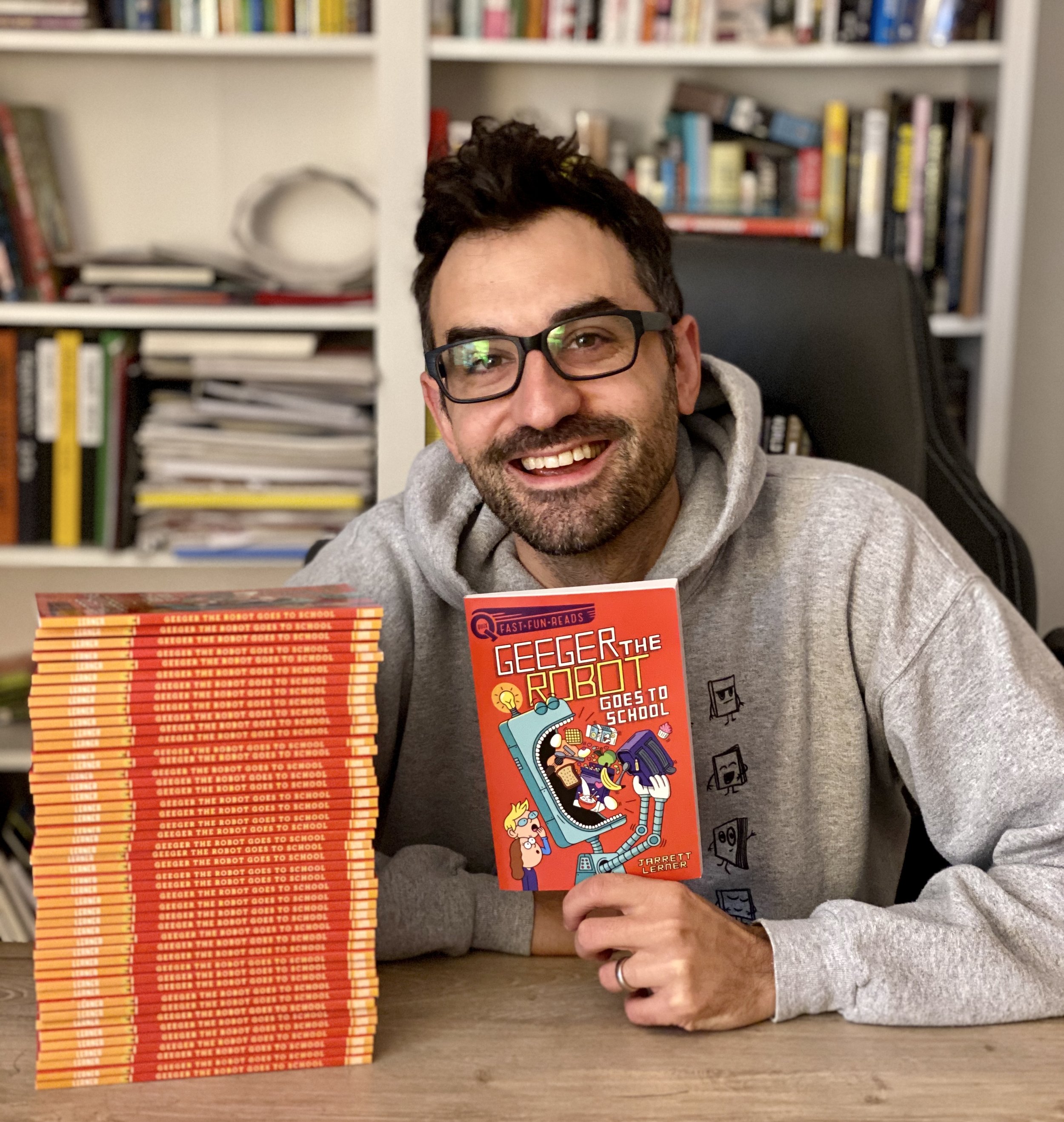
Books & Articles
“I practically begged Shveta Miller to write this book. When she showed me the incredible power of graphic novels as a tool for expression, complex thinking, and demonstrating learning, I wanted every teacher to hear about it.”
Jennifer Gonzalez, Editor-in-Chief, Cult of Pedagogy
Hacking Graphic Novels includes 8 hacks that guide teachers to use comics and graphic novels to build students’ visual literacy skills, help students develop a comfort level with complexity and uncertainty, and offer new tools to process and express their thinking and tell brave stories.
There is no shortage of ways we all can benefit from teaching graphic novels. The most cited reasons are that they engage reluctant or struggling readers, they build necessary background knowledge, and they develop visual literacy skills.
But another important reason to teach students to read, analyze, and create a graphic novel is that the form’s unique combination of words working interdependently with pictures offers interpretation and analytical challenges that depend on active reader participation and recognition of the possibilities of multiple interpretations. If we want students to draw conclusions from texts, but then also resist those conclusions after recognizing the complexity of an experience or concept, then the comics form is our best vehicle.
And perhaps a more surprising reason is that the form invites students to express hard truths about themselves and their experiences in a way that is different from what they can do with pure prose, and the impact their stories can have on a teacher’s relationship with students. Teaching the graphic novel to my high school English students was a way for me to see that there was pain in my classroom and the role I might be playing in students’ difficult experiences.
Looking is a cognitive behavior. Drawing is a way of thinking and communicating. We must provide all students the opportunities to learn as many tools for thinking and expression as possible, so they can live the lives they want to lead.
“This book will make you a better teacher and a better reader, whether you're interested in graphic novels or not. It's a tremendously smart, insightful text, and especially helpful on the subject of how to generate lively conversations among students, how to push past superficial readings and get through to moments of connection and discovery.”
Kerry Howley, Author & Creative Writing Professor
“Hacking Graphic Novels is a gift to educators looking to incorporate more comics and graphic novels into their teaching. In one crystal-clear chapter after another, Shveta Miller breaks down and explores the language and world of comics, then offers a host of brilliant ways in which to package this information and these ideas into discussions, lessons, and activities. Importantly, she also shares methods of dealing with pushback, both from students and adults. By taking advantage of the unique elements and strengths of comics, Hacking Graphic Novels has the power to make education more exciting, engaging, productive, and meaningful. I can’t recommend it strongly enough.”
Jarrett Lerner, Award-winning creator of more than a dozen books for kids
Featured Articles
Answering multiple choice questions about short excerpts from larger literary works may seem like a strange way to sharpen literary analysis skills.
But compelling passages and thought-provoking questions challenge readers to re-read for deeper meaning. The questions are best used to spark discussion, debate, and disagreement among your students (and even with me and my “correct” answers) in order to advance their thinking about the passage.
The questions in my book have been designed to direct the reader back to key words and phrases that warrant close analysis. The plausible answer choices compel readers to consider multiple interpretations of a text’s craft and structure and its potential themes.
Every question in the third edition directs students to carefully consider the function or effects of symbolism, imagery, and word choice; the function of the narrator or speaker, character, setting, comparisons, plot, and structure; and draw conclusions about the passage’s overall meaning that are substantiated by the text.
“I used this book during the COVID-19 pandemic to supplement my high school son’s English Honor’s class (online school was lacking rigor). It was a great bonding experience (for me) and thorough preparation for when he takes the test, in the future. Discussing our answers and the ideas raised in the passages was illuminating; not only did I remember how much I loved studying literature in high school and college, my son showed me new ways of interpreting the text. I highly recommend this book for students and parents.” —Sona Hamilton, 2020
All high school students can benefit from practicing the passages and questions in this study guide, not just those enrolled in an AP English class.
If you are looking to develop your reading comprehension skills, contribute more meaningfully to class discussions about poetry and fiction, think more critically about how a text is constructed, or become familiar with a larger collection of texts and authors, then this study guide will help.
This book is not an endorsement of College Board Advanced Placement or any assessments that serve as barriers to entry.















